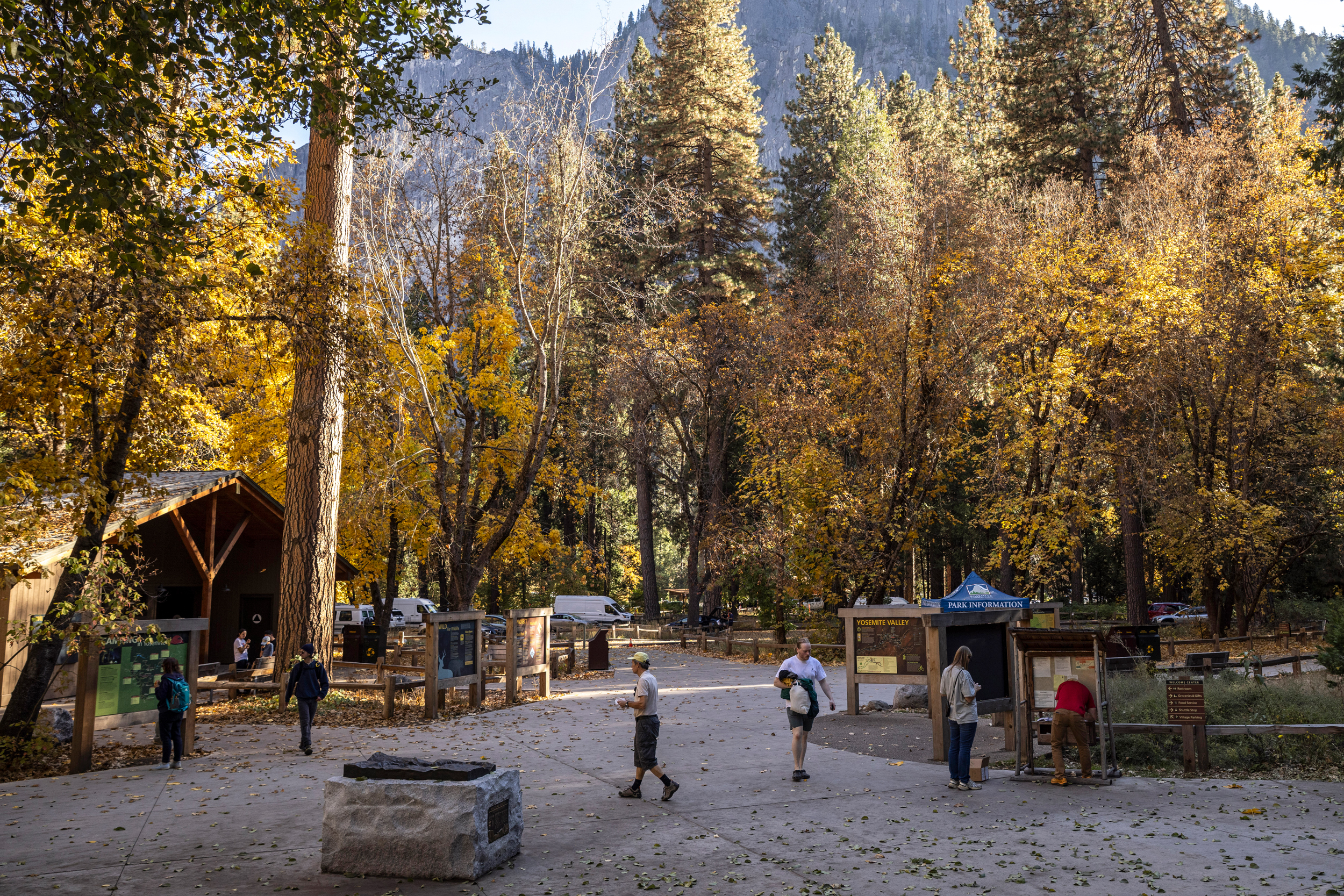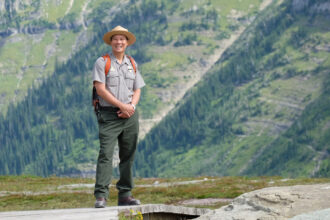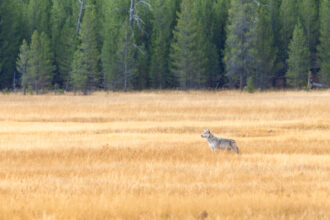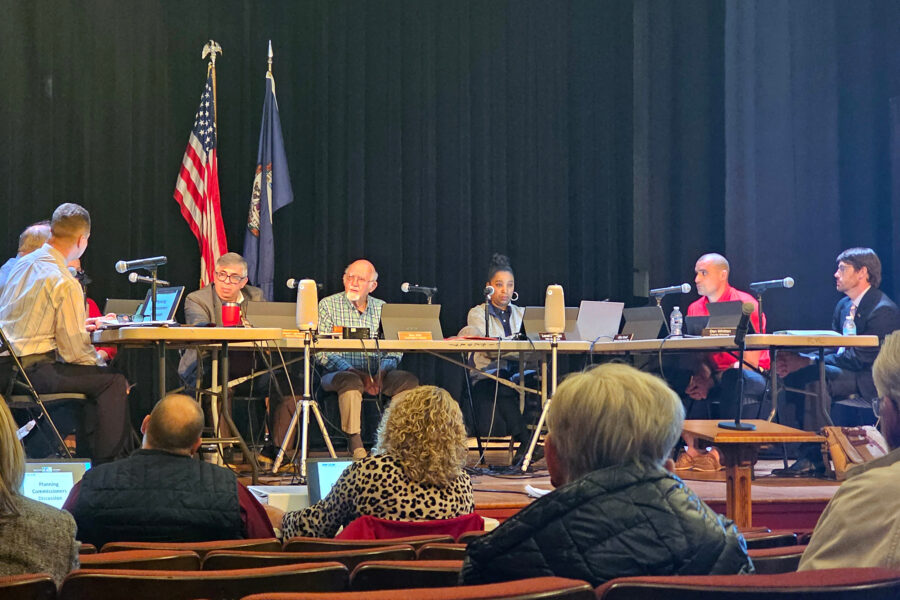U.S. citizenship will determine how expensive it is to access America’s national parks beginning next year, the Interior Department announced yesterday. Prices for non-U.S. residents to purchase an “America the Beautiful” pass, which grants the holder access to all of the country’s national parks for a year, will more than triple, rising from $80 to $250.
The department is also instituting a new $100 fee for non-U.S. residents who visit one of the county’s 11 most popular parks, most of which are located in the western half of the country. The new changes go into effect on Jan. 1, 2026.
“These policies ensure that U.S. taxpayers, who already support the National Park System, continue to enjoy affordable access, while international visitors contribute their fair share to maintaining and improving our parks for future generations,” said Interior Secretary Doug Burgum, in a press release accompanying the announcement.
Charging higher fees for non-U.S. visitors is not a new idea, but the announcement was met with skepticism from environmental groups, who fear the price change could threaten revenue for the National Park Service, which is already reeling from significant staffing cuts imposed by President Donald Trump’s second administration.
“Donald Trump is setting the Park Service up to fail,” said Gerry Seavo James, deputy campaign director for the Sierra Club’s Outdoors for All campaign. “For nearly a year, the Trump administration has worked to undermine the National Park Service, slashing its budget and firing its dedicated staff. Gouging foreign tourists at the entrance gate won’t provide the financial support these crown jewels of our public lands need. Without that support, we run the risk of our true common grounds becoming nothing more than playgrounds for the super-rich.”
Others say how the Interior Department would implement these fee changes will go a long way towards determining whether they are successful in raising more revenue for parks while keeping visitation high.
Emily Thompson, executive director of The Coalition to Protect America’s National Parks, a nonprofit comprised of former National Park Service employees, worried that, if rolled out poorly, the proposal could create chaos at park entrances.
“We might already be operating with less staff in these fee booths,” she said. “How are we gonna confirm who’s a U.S. citizen here? Does it imply that American citizens are gonna have to bring their passports to prove residency? I struggle to understand how that’s gonna work practically.”
Affordability was another of her concerns. Thompson, a former park ranger now married with two kids, tried to imagine what it would be like for a four-person family to visit the U.S. and go from paying a $35 per vehicle fee, a common price to enter most parks that is not determined by citizenship status, to having to pay an additional $400 for the family to visit a popular park.
“This isn’t a minor increase. This is clearly meant to make a statement,” she said. “I do worry that it’ll deter folks from coming to national parks, which is gonna hurt local economies, too.”
According to a New York Times report, foreigners authorized to live in the U.S. will not be charged the new fees.
Some businesses operating in the orbit of national parks also wonder how the new rules will play out on the ground. “I do see the possibility that it could put my staff in some awkward situations,” said Taylor Phillips, founder and president of Jackson Hole EcoTour Adventures, an outfitter that leads trips in both Grand Teton and Yellowstone national parks, in reference to potential new protocols at gates to determine who is a U.S. citizen.
But Phillips still thinks that visiting a National Park is a great deal for anyone, even with the new fees. “International visitors are [already] paying for gas or airfare, hotels, meals. An extra hundred bucks, I don’t think that’s gonna make a significant impact.”
He was more concerned about a new online purchase the Interior Department announced yesterday. At least 80 percent of the fees collected at an entrance gate go back to the park, but any purchase made online goes to the agency in Washington, D.C., Phillips said. “I’m concerned that park units will see fewer of those dollars,” he said.
“We just need to be thoughtful and need to ensure the dollars actually reach the parks that need them,” Phillips continued. “That’s how we keep these places world class for everyone.”
The Interior Department also announced changes to passes for motorcyclists, more free-entry days for American citizens and revamped park pass designs.
Two of the new designs feature images of Trump.
About This Story
Perhaps you noticed: This story, like all the news we publish, is free to read. That’s because Inside Climate News is a 501c3 nonprofit organization. We do not charge a subscription fee, lock our news behind a paywall, or clutter our website with ads. We make our news on climate and the environment freely available to you and anyone who wants it.
That’s not all. We also share our news for free with scores of other media organizations around the country. Many of them can’t afford to do environmental journalism of their own. We’ve built bureaus from coast to coast to report local stories, collaborate with local newsrooms and co-publish articles so that this vital work is shared as widely as possible.
Two of us launched ICN in 2007. Six years later we earned a Pulitzer Prize for National Reporting, and now we run the oldest and largest dedicated climate newsroom in the nation. We tell the story in all its complexity. We hold polluters accountable. We expose environmental injustice. We debunk misinformation. We scrutinize solutions and inspire action.
Donations from readers like you fund every aspect of what we do. If you don’t already, will you support our ongoing work, our reporting on the biggest crisis facing our planet, and help us reach even more readers in more places?
Please take a moment to make a tax-deductible donation. Every one of them makes a difference.
Thank you,













